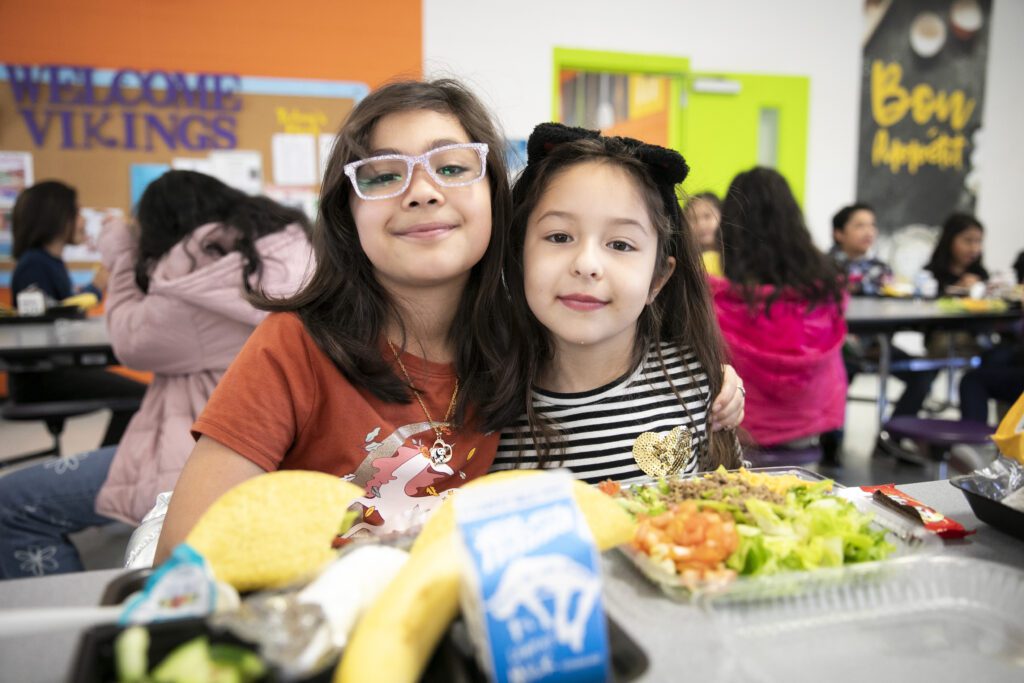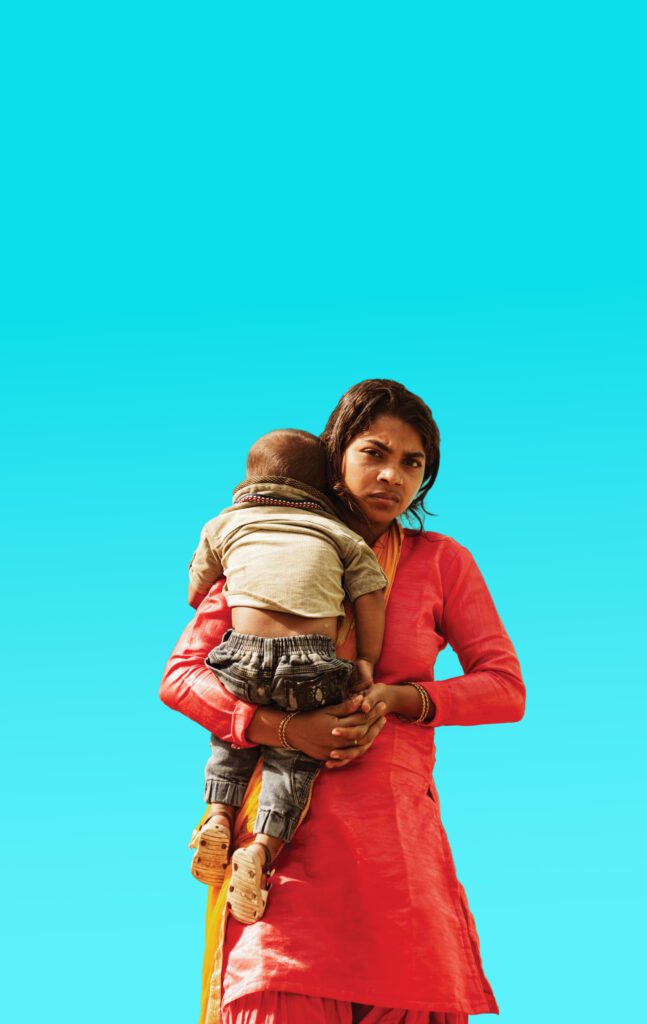
Every year the National Center for Children in Poverty at Columbia University publishes basic facts about low income children in the U.S. Their latest report shows that out of all age groups children are the most likely to live in poverty and that nearly 300,000 more children are living near poverty today than at the height of the great recession.
Several facts stand out:
- While 30% of adults have low incomes, more than 40% of all children live in low income families, Including 5.2 million infants and toddlers under 3
- More than 60% of black, Hispanic and Native American kids live in low-income families compared to 30% of Asian and white children – a ration largely unchanged in recent years.
- Infants & toddlers under 3 are particularly vulnerable: 45% live in low-income families (approximately $48,000 or 200% of the federal poverty line), including 23%, (2.6 million kids), in families below the poverty line (approximately $24,000 for a family of four)
- Food assistance, public health insurance and other programs have had a mitigating effect on poverty but in the U.S. kids have nearly a one in two chance of living on the brink of poverty
Outside of the small community of child poverty advocates, the annual report, like others of its ilk, gets little attention. Such reports don’t constitute the “click bait” that drives websites and children don’t have expensive and well connected lobbyists or PR agencies to put their case in front of media influencers or elected officials. Those of us who have a voice need to raise ours on their behalf.
One of the things that’s amazing to me is how little is done, publicly or privately, to prioritize the 2.6 million children under the age of three who are arguably the most vulnerable of all. Such prioritizing is easier said than done. Toddlers don’t live in isolation from older and also needy siblings or from parents whose needs must be addressed if they are to have a chance of effectively providing for their kids. Establishing priorities implies accountability for achieving them and that entails risk that may be uncomfortable. Still, these 2.6 million should become a priority for public institutions and private organizations. It’s a manageable number and a solvable problem and solving it would provide the greatest return on investment of nearly any other social challenge. All of us need to better understand how we target and triage on behalf of those who are most vulnerable and voiceless of all, to move them from the back of the line to the front of our conscience and concern.


